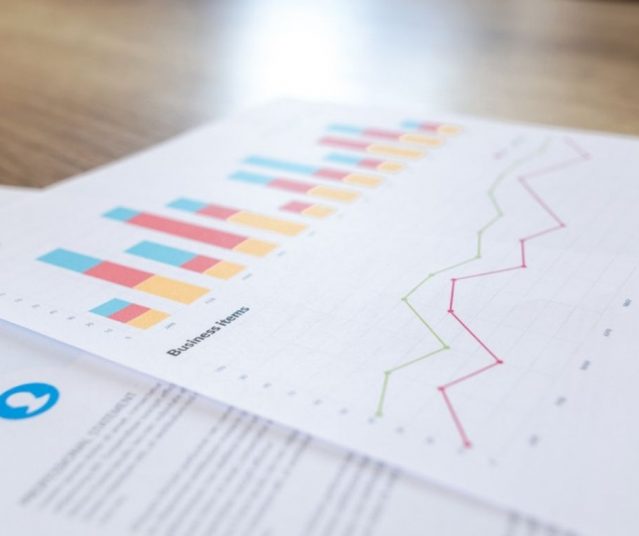
Sentencing statistics, usually compiled by the Judicial Commission, are often presented to magistrates or judges as a numerical summary of past sentences for similar offenders.
How can they be used?
The use of sentencing statistics has undergone significant change in recent years. Judges of superior courts have recently stated that it is incorrect to place too much weight on past numerical sentencing data or patterns, without any understanding of the individual facts and circumstances of those cases. To do so is not permissible and dangerous. This is particularly the case when dealing with federal offences, or when the data size is small. See Hili v The Queen [2010] HCA 45.
Still a Yardstick?
However, despite their limitations, along with other material, sentencing statistics still have a role to play in many cases, in ensuring consistency in sentencing, and also serving as a “yardstick” by which to assess proposed sentences.
As the High Court said in The Queen v Pham [2015] HCA 29 [at 47]:
“This is not to deny that statistical material showing the pattern of past sentences for an offence may serve as a yardstick by which the sentencer assesses a proposed sentence and the appellate court assesses a challenge of manifest inadequacy or excess. The joint reasons in Barbaro put it this way:
“As the plurality pointed out in Hili v The Queen, in seeking consistency sentencing judges must have regard to what has been done in other cases. Those other cases may well establish a range of sentences which have been imposed. But that history does not establish that the sentences which have been imposed mark the outer bounds of the permissible discretion. This history stands as a yardstick against which to examine a proposed sentence”
Ultimately, the use statistics play in sentencing proceedings will depend on the type of offence, the prevalence of past data, and what use the advocate asks the sentencing judge to make of the statistics.
Photo by Lukas